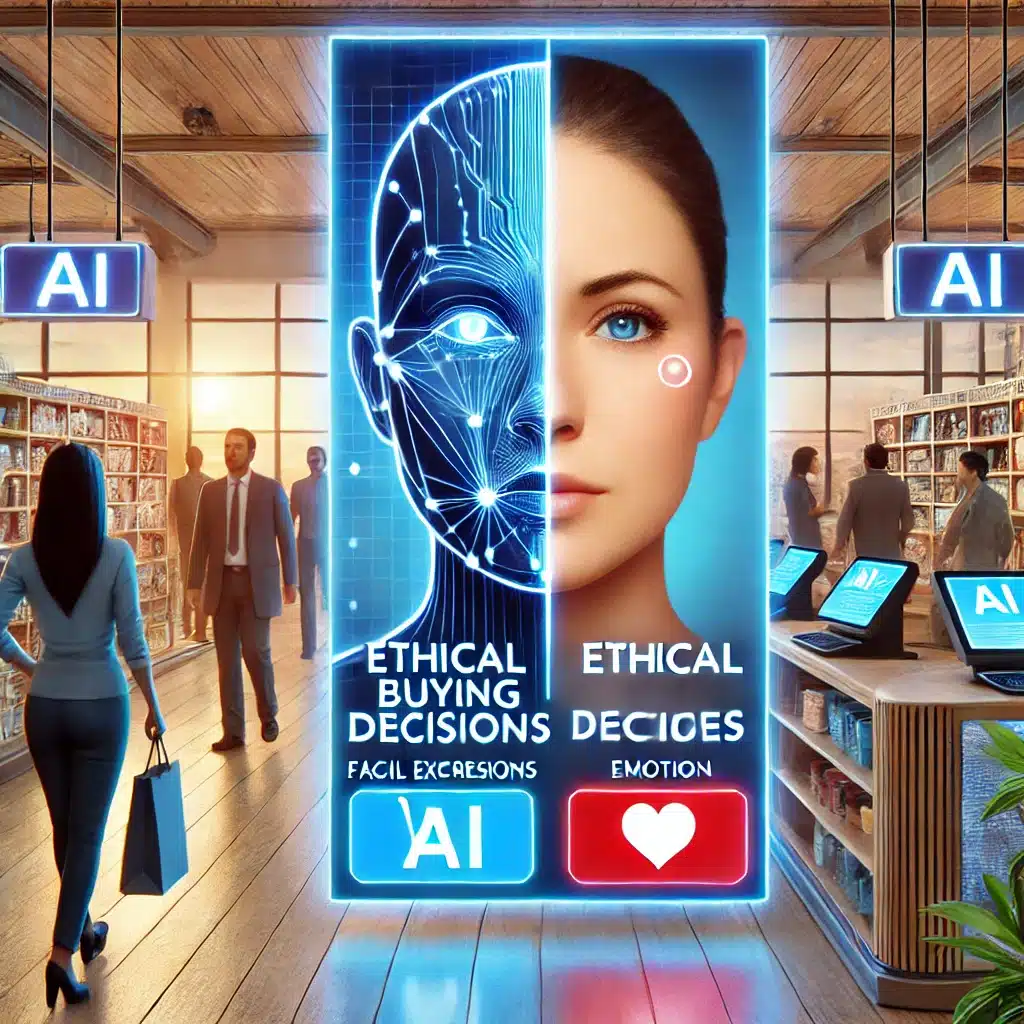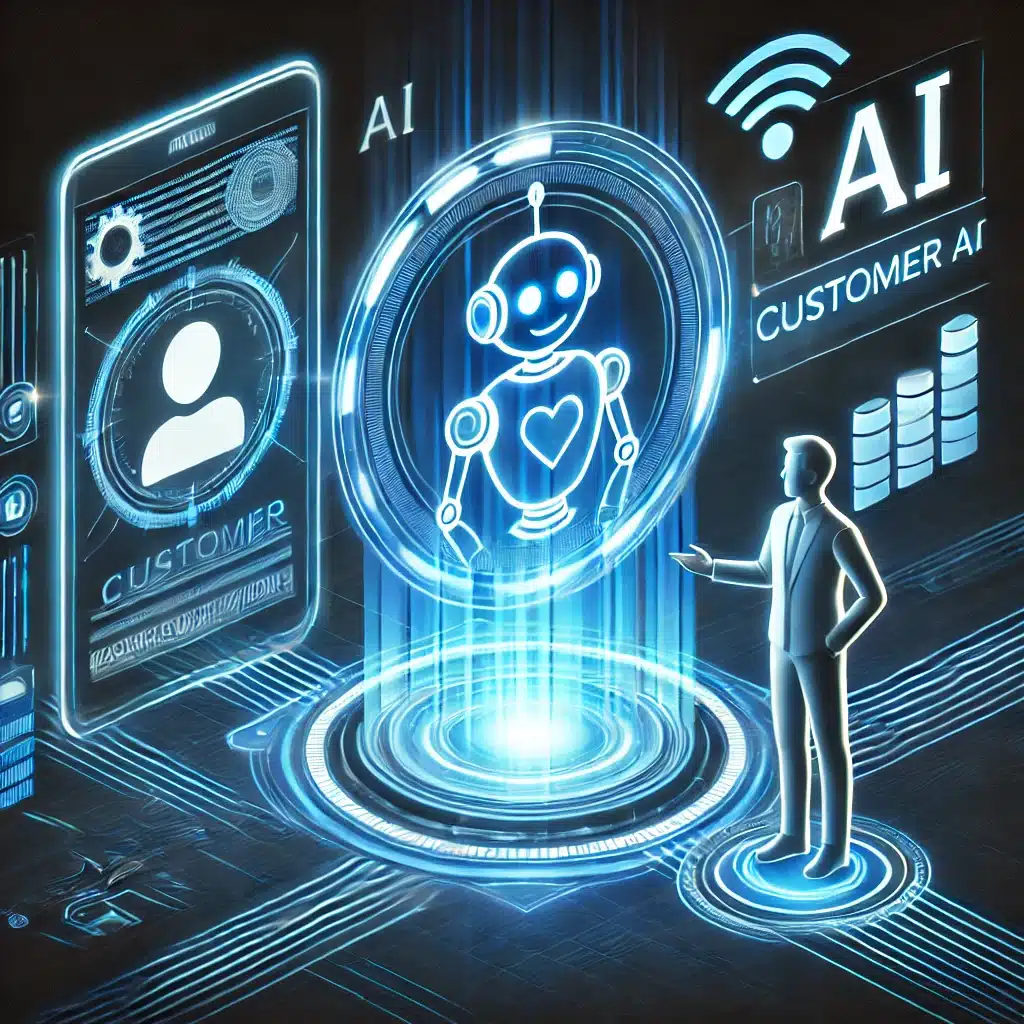Introduction
The rapid change of technology has resulted in the confluence of AI and AR which is changing how businesses interact with their customers. This transformative interaction not only increases user experience but also creates an immersive environment in which digital content seamlessly integrates into the real world. As companies use these advanced technologies, they open new avenues for marketing strategies, which, in turn, enrich consumer interaction and innovative training experiences. In this article, we will delve into the role of AI in augmented reality, how these technologies work together, future trends, their impact on marketing, and the challenges faced in their implementation.
What is the Role of AI in Augmented Reality?
Understanding the Basics of AI and AR
To comprehend the role of AI in augmented reality, it is essential to first understand both concepts individually. Artificial intelligence refers to the simulation of human intelligence processes by computer systems, incorporating algorithms that enable machines to learn from data and make decisions. On the other hand, augmented reality is a technology that overlays digital information. Such as images, sounds, and other sensory stimuli—onto the real world, enhancing the user’s perception of their environment. Together, AI and AR create sophisticated AR experiences that can adapt to user behavior and preferences, making the interaction more engaging and personalized.
How AI Algorithms Enhance AR Experiences
AI algorithms play a fundamental role in enriching augmented reality experiences by making real-time data processing and user interaction possible. Through machine learning and deep learning techniques, AI can analyze vast amounts of data and analyze various user behaviors, preferences, and contexts. Allowing this capability enables AR applications to deliver personalized content to various users with different inputs, thereby creating a more immersive experience. For example, with AI-based computer vision, the ability to identify objects in the real world can bring relevant information or interactive elements that enrich the experience of AR and make it even more intuitive.
Examples of AI Applications in Augmented Reality
There are numerous use cases where AI applications are effectively utilized in augmented reality. For example, retail brands are employing AR technology to allow customers to visualize how products will look in their homes before making a purchase. Smart glasses equipped with AI algorithms can provide real-time information about items in a user’s environment, enhancing their shopping experience. Additionally, training experiences in various industries, such as healthcare and manufacturing, utilize augmented reality and artificial intelligence to simulate real-world scenarios, allowing employees to practice skills in a risk-free setting.
How Do Augmented Reality and Artificial Intelligence Work Together?
The Synergy Between AI and AR Technologies
The interplay between AI and AR technologies is a compelling aspect that drives innovation in various fields. By integrating AI into AR applications, businesses can create intelligent reality experiences that are responsive to user interaction. This synergy empowers marketers to analyze user data in real-time and adjust their strategies according to changes in the flow of data. For example, AR experiences may be adapted to reflect user preferences, ensuring that the digital content displayed holds the needed relevance for engaging audiences.
Combining AI and AR for Enhanced User Experience
The combination of AI and AR significantly enhances the user experience by creating interactive and immersive environments. AI-powered AR applications offer users a seamless blend of the physical and digital worlds. AR gaming apps use AI to adapt gameplay to user actions, offering a unique, personalized experience. This customization boosts user satisfaction and engagement, encouraging return visits to experiences that resonate personally.
Real-World Use Cases of AI and Augmented Reality
Several industries have successfully leveraged the power of AI combined with augmented reality to enhance operational efficiency and customer engagement. In the automotive industry, companies use AR technology to provide virtual showrooms where customers can explore vehicles in a 360-degree view while receiving AI-generated recommendations based on their needs. Similarly, in the education sector, AI enhances AR-based training programs, allowing students to interact with complex concepts through immersive simulations. These are some real-world use cases that show the real potential of transforming with AI and AR together.

What are the Future Trends in Augmented Reality and AI?
A Glimpse into the Future of AI and AR
The future of augmented reality and artificial intelligence promises exciting advancements that will further redefine user experiences. Evolving AI technologies will enhance AR with features like natural language processing and emotion detection. This progression will allow AR systems to understand emotions, enabling personalized interactions that cater to individual needs.
Predictions for Augmented Reality Advancements
Predictions into the future reveal that augmented reality will grow hugely in the consumer market. The adoption of smart glasses and AR-enabled devices will gain momentum. Since hardware is readily available and very affordable, applications of AI are likely to go mainstream in all AR applications. Organizations will use the advancement to present more immersive campaigns to consumers through marketing and different shopping experiences. Furthermore, the dawn of mixed reality will blur the boundaries between AR and virtual reality as well, where more holistic experiences that combine the best of both worlds will evolve.
The Role of IoT in the Future of AI and AR
The Internet of Things (IoT) continues to proliferate and will take on a pivotal role in shaping the future landscape of AI and augmented reality. With IoT, AI, and AR integration, it is possible to have real-time data sharing and communication for a more efficient overall user experience. For example, the use of smart homes that include IoT devices would enable them to share contextual information with AR applications. In such an instance, the users can meaningfully interact with their surroundings, thereby making them live in an intelligent environment responsive to user behavior and experiences.
How is Augmented Reality Transforming Marketing Experiences?
Using Augmented Reality for Immersive Marketing
Augmented reality is changing the marketing experience through immersive strategies that appeal to consumers. Brands are increasingly using AR applications to develop engaging content, allowing users to interact with products in new ways. For instance, furniture retailers use AR to help customers visualize how a piece of furniture will fit in their homes, making the decision-making process easier and reducing return rates.This approach enhances user experience and builds brand loyalty through the value of interactive shopping.
Case Studies of Successful AR Marketing Campaigns
Many successful AR marketing campaigns demonstrate the power of augmented reality in changing consumer engagement. The Pokémon GO phenomenon is a good example, which combined AR with location-based gameplay and captured millions of users worldwide. Brands like IKEA and Sephora have also adopted AR technology, allowing customers to virtually try on products and visualize home decor. These case studies prove that companies can generate memorable and impactful experiences when integrating AR into their marketing strategies to connect with their audience.
The Impact of AR on Consumer Engagement
There can never be too much said about the impact that augmented reality has on consumer engagement. AR promotes an immersive experience, allowing the user to engage with digital content. In this manner, it enables consumers to interact with brands and develops a connection with them, hence increasing brand awareness and further boosting sales. In light of consumers looking for more personalized and interactive experiences, business houses that employ augmented reality in their marketing strategy will always be at the edge of innovation and ahead of their competitors.
What are the Challenges and Limitations of AI and Augmented Reality?
Technical Challenges in Implementing AI and AR
Although AI and AR hold great potential, several technical challenges exist to their implementation. It is complex to develop the most sophisticated algorithms of AI for real–time data processing and analysis, often demanding substantial resources and expertise. Another challenge in implementing AR applications on a large scale is the cross-device and cross-platform compatibility issue. The future for businesses lies in addressing these technical challenges in their pursuit of AI and AR adoption.
Addressing User Privacy Concerns with AI and AR
As augmented reality and AI applications collect vast amounts of user data, privacy concerns have emerged as a significant issue. Users are increasingly wary of how their information is being utilized and shared. Companies must prioritize transparency and data security while implementing AI algorithms that respect user privacy. The development of ethical standards and best practices in data collection will play a very crucial role in fostering trust between the consumer and brands for an experience in the use of AI and augmented reality.
Future Challenges in the Advancement of AI Applications
Conclusion
AI and augmented reality (AR) are shaping the future of technology and consumer engagement. AI and AR unite to create immersive, innovative experiences that captivate and connect businesses with audiences. From personalized marketing campaigns to interactive product visualizations, these technologies are redefining how brands interact with their customers.
However, this transformation comes with challenges, such as technical complexities, privacy concerns, and the need for ethical standards. Addressing these hurdles is critical for sustainable and responsible adoption. AI and AR transform industries, enrich user experiences, and boost business growth with their evolving synergy. Adaptable organizations lead innovation, delivering unmatched value to customers by embracing AI and AR evolution.



